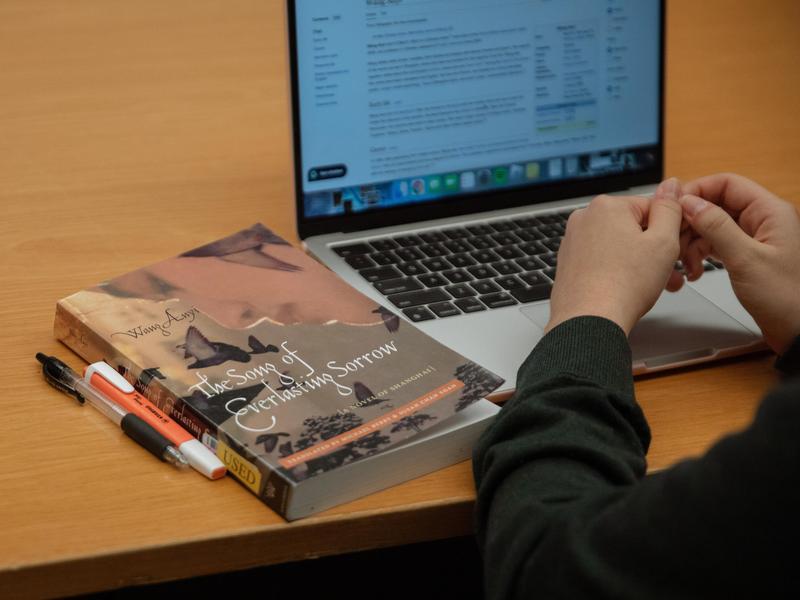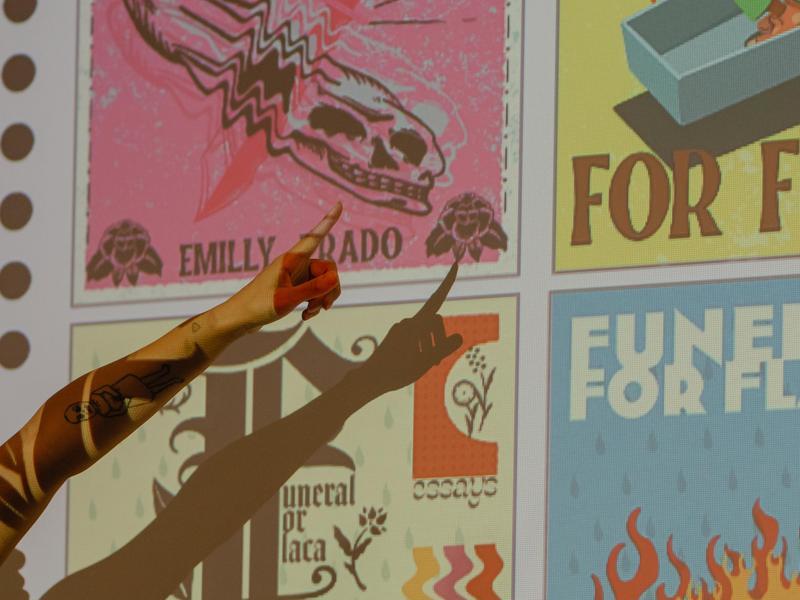Find resources for editing your site and creating accessible content that informs and engages your audience.
Welcome, Reed College content editors! This toolkit will help you update the web pages you manage and understand how to post content that is easy for audiences to read and navigate.
If you want to make more significant updates to your site, such as changing your home page or your navigation menu, creating a new set of web pages, or making edits when you do not have access to Reed’s web editing software, please submit a web update request form.
Cascade CMS Training
New to Cascade? Want to brush up on the ins and outs of our content management system (CMS)? Our Cascade Training website has you covered.
Website Guides and Tutorials
Need Help?
Members of web support services and public affairs are here to assist if you get stuck.
- For access to our web-editing software, email us at cascade@reed.edu.
- For help with a web project, submit our web request form.





